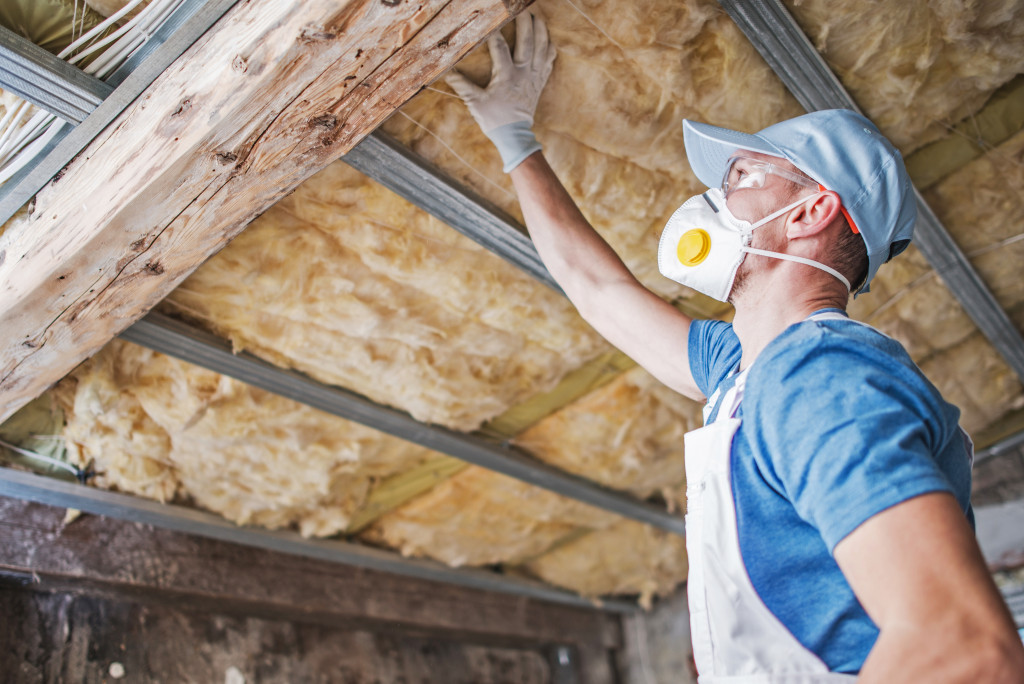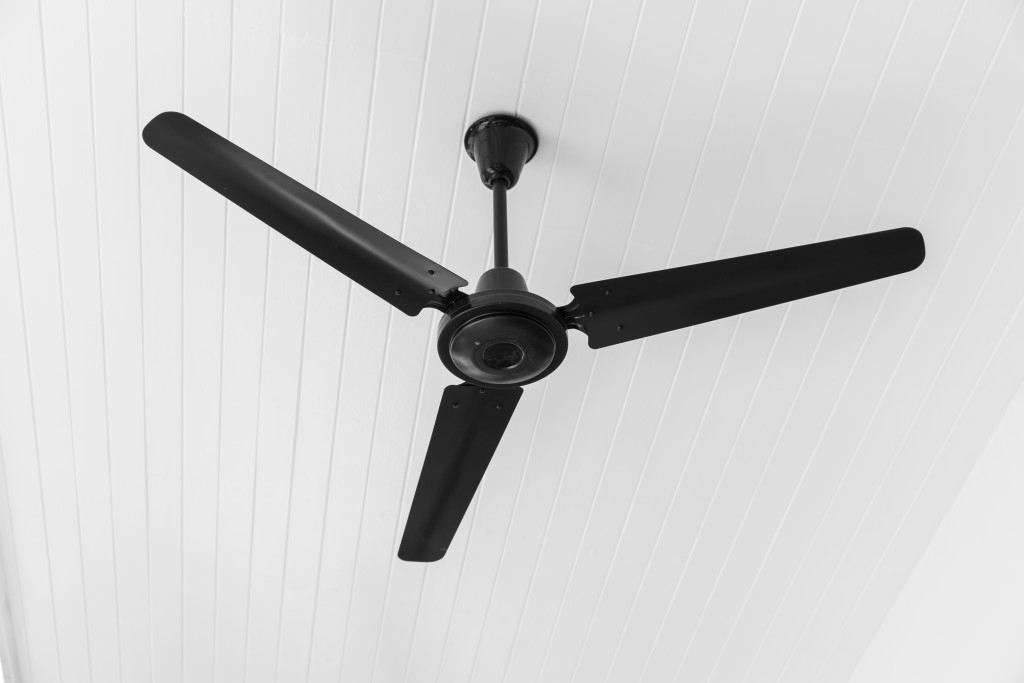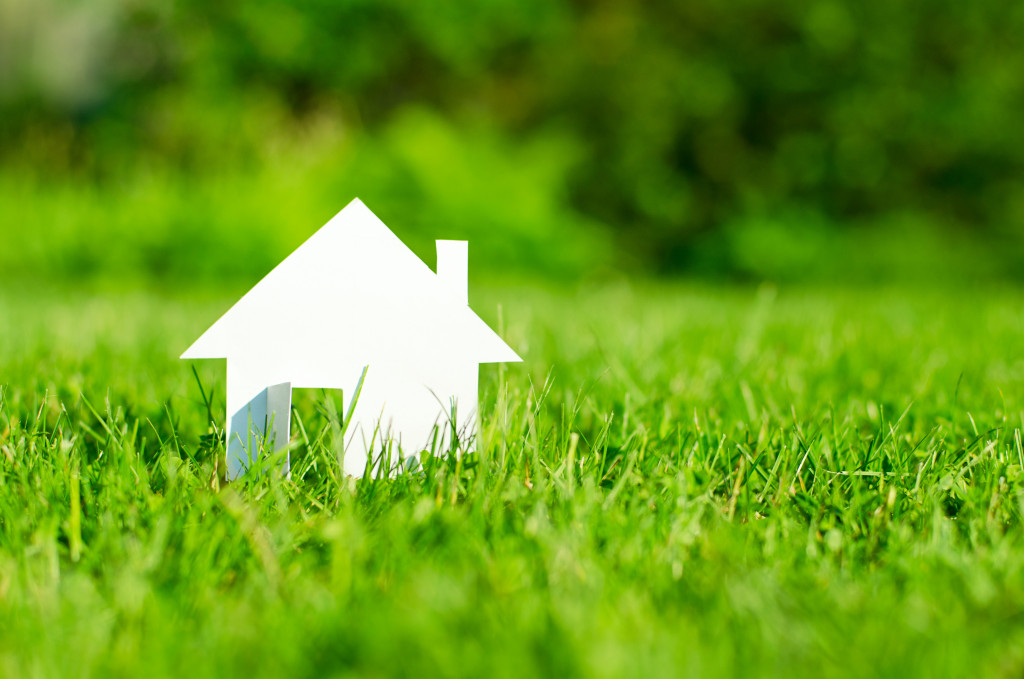• Install insulation and consider a metal roof to reflect heat and improve energy efficiency.
• Invest in a dehumidifier to remove moisture from the air and make your home more comfortable.
• Check for leaks around your windows and doors, install weatherstripping, and draw curtains to block out the sun.
• Get a programmable thermostat and install ceiling fans for better air circulation in your home.
Summer season is just around the corner, and that means warmer temperatures are on the way. While everyone loves spending time outdoors in the sun, keeping things cool and comfortable inside your home during the hotter months can be challenging. Fortunately, there are several ways to keep your home cool and prevent your energy bills from skyrocketing. This blog post will review ways to ensure a cooler home for the summer season.
1. Install Insulation
Insulation is essential for your home to provide excellent energy efficiency throughout the year. It plays a significant role in keeping warm air inside during winters and preventing hot air from entering your home during summers. So, if you don’t have insulation installed in your attic, walls, or crawl space, now is the perfect time to invest in it.
When adding insulation, you should also consider the material of your roofing. Most people use asphalt shingles as a roof covering material because they are affordable, but they tend to absorb heat. Metal roofs can be a great option as they reflect heat instead of absorbing it, helping to keep your home cool. Ensure you work with a reliable metal roofing company to get the job done correctly. They can even help you install insulation for extra energy efficiency.

2. Invest in a Dehumidifier
Humidity can make a room feel warmer, sticky, and uncomfortable. A dehumidifier is a great option that helps remove moisture from the air, making it easier to keep your home cooler. Dehumidifiers come in different sizes and types. Make sure you invest in one according to the size of your home.
Try to look for an energy-efficient model which will help you save money on your energy bills. Also, clean the dehumidifier regularly to avoid health problems due to allergens or mold. Remember that a dehumidifier is only effective if the temperature outside is lower than the inside of your home.
3. Check your Windows and Doors
Air leaks in your windows and doors might be the leading cause of the heat entering your home. Check your windows and doors thoroughly for any cracks or air leaks. Ensure you also close windows and shades facing south and west during the day to block out the sun. This simple act can work wonders in keeping your home cooler during the hottest parts of the day. When checking these areas, consider the following factors:
a. The material and condition of your windows
Some windows are made from materials that help reflect heat, while others absorb it. If your windows are old or damaged, they won’t be able to provide the same level of insulation as newer windows. Consider replacing them with energy-efficient models to improve your home’s thermal performance and keep it cooler during the summer.
b. Weatherstripping around your doors
Weatherstripping is a great way to reduce air leaks around windows and doors. Ensure you check all your doors for any air leaks and install weatherstripping if necessary.
c. Avoid overheating
When it’s hot outside, the last thing you want to do is make your home even hotter. Unplug any electronics and appliances that generate a lot of heat, and keep the thermostat at a reasonable level. Also, open the windows and draw curtains to let the cool air in and keep it circulating throughout your home.

d. Install ceiling fans
Ceiling fans are a great way to keep air circulating in your home and create a pleasant breeze on hotter days. Opening the doors and windows will help, but a ceiling fan can be even more effective. They work by moving the warm air in the room and pushing it back down.
4. Get a Programmable Thermostat
A programmable thermostat lets you set the temperature in your home based on your schedule – meaning you can let your home get warmer during the day when you aren’t home and have it cool down before you return. Doing this saves energy and ensures that you always arrive at a comfortable, cool home.
By following these simple steps, you can ensure a comfortable, cooler home during summer while keeping your energy costs low. Adding insulation, investing in a dehumidifier, checking your windows and doors for air leaks, getting a programmable thermostat, and using ceiling fans are all practical ways to keep your home fresh and cool this summer. Remember that these tips can also be beneficial throughout the year by reducing energy bills and making your home more comfortable.



